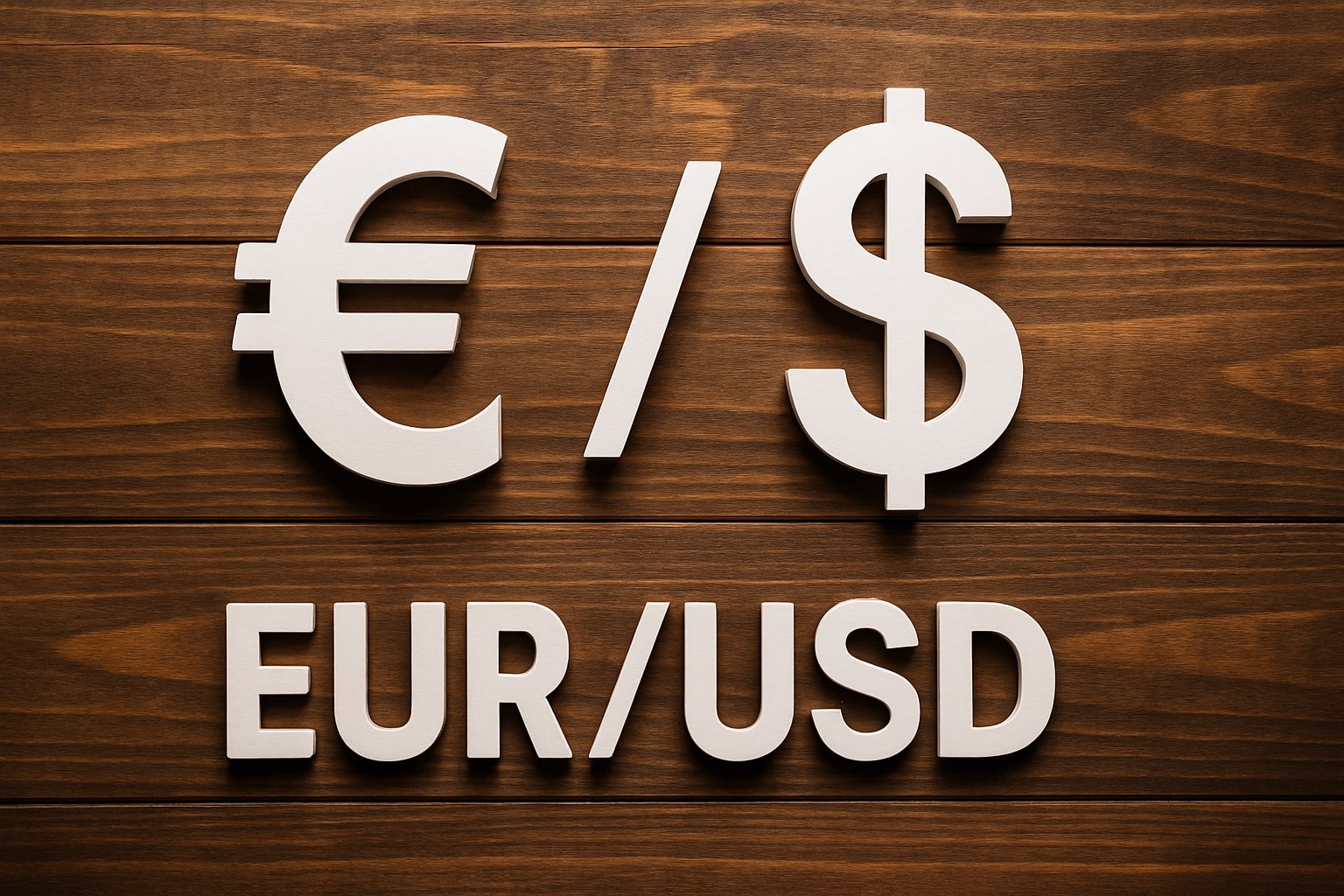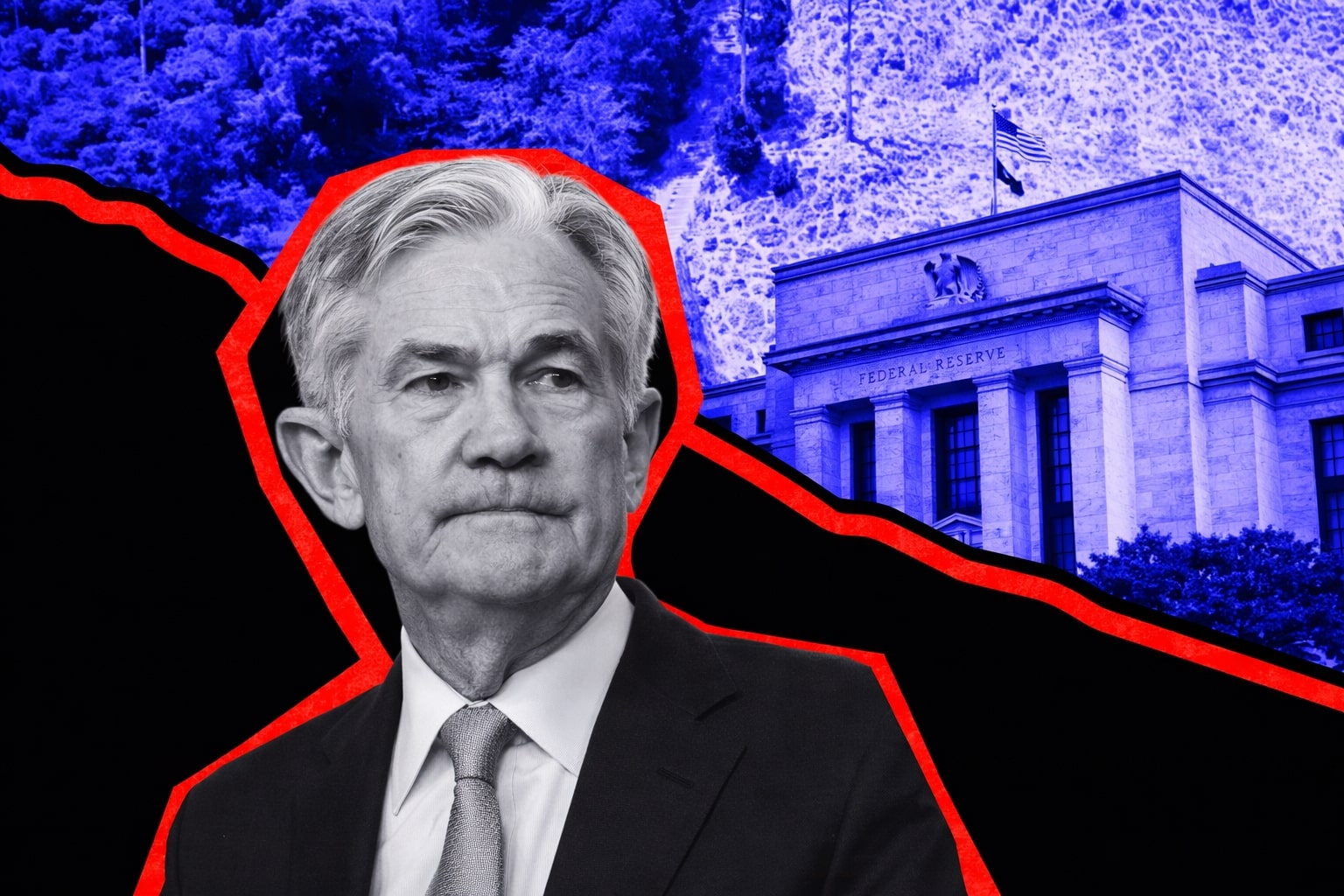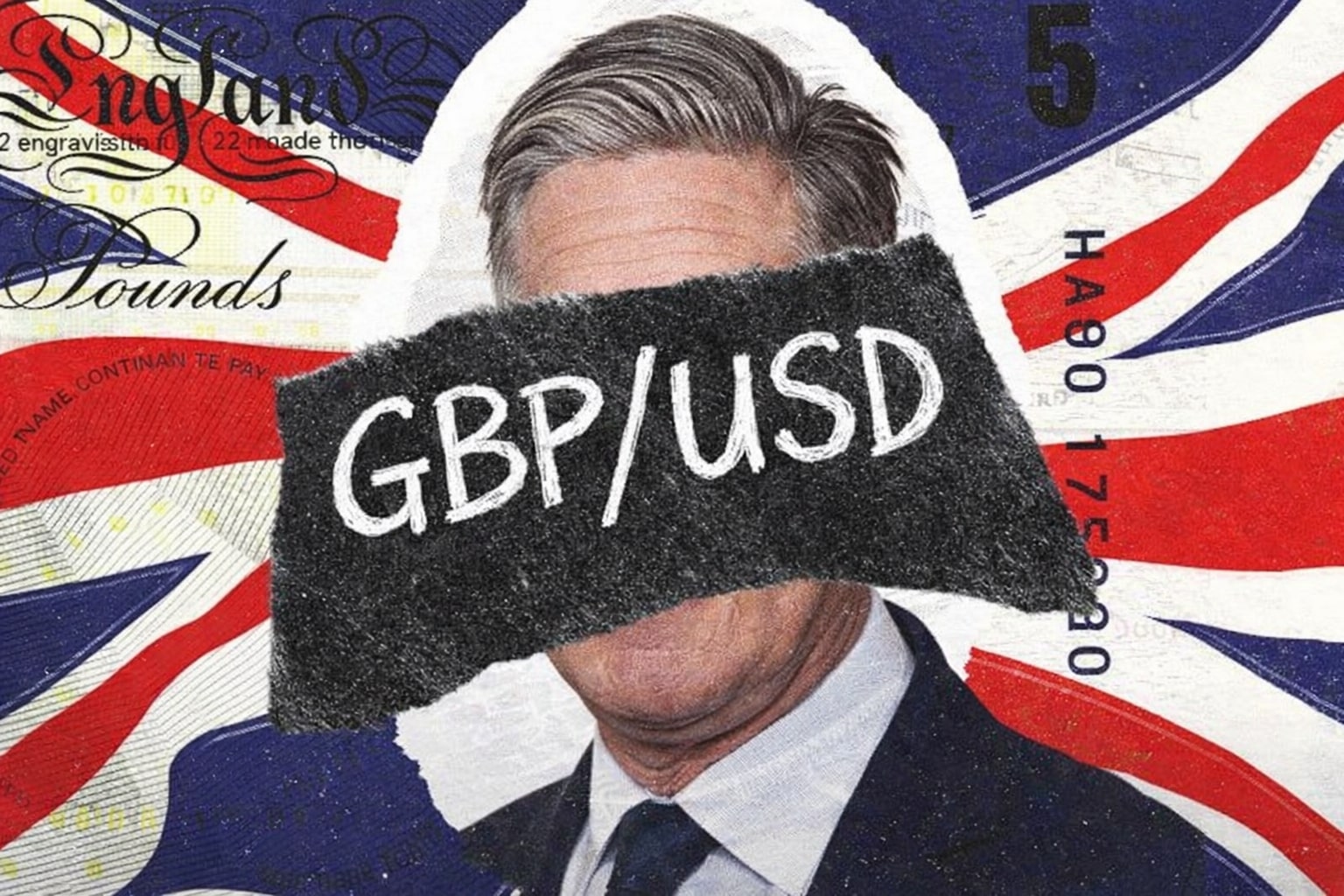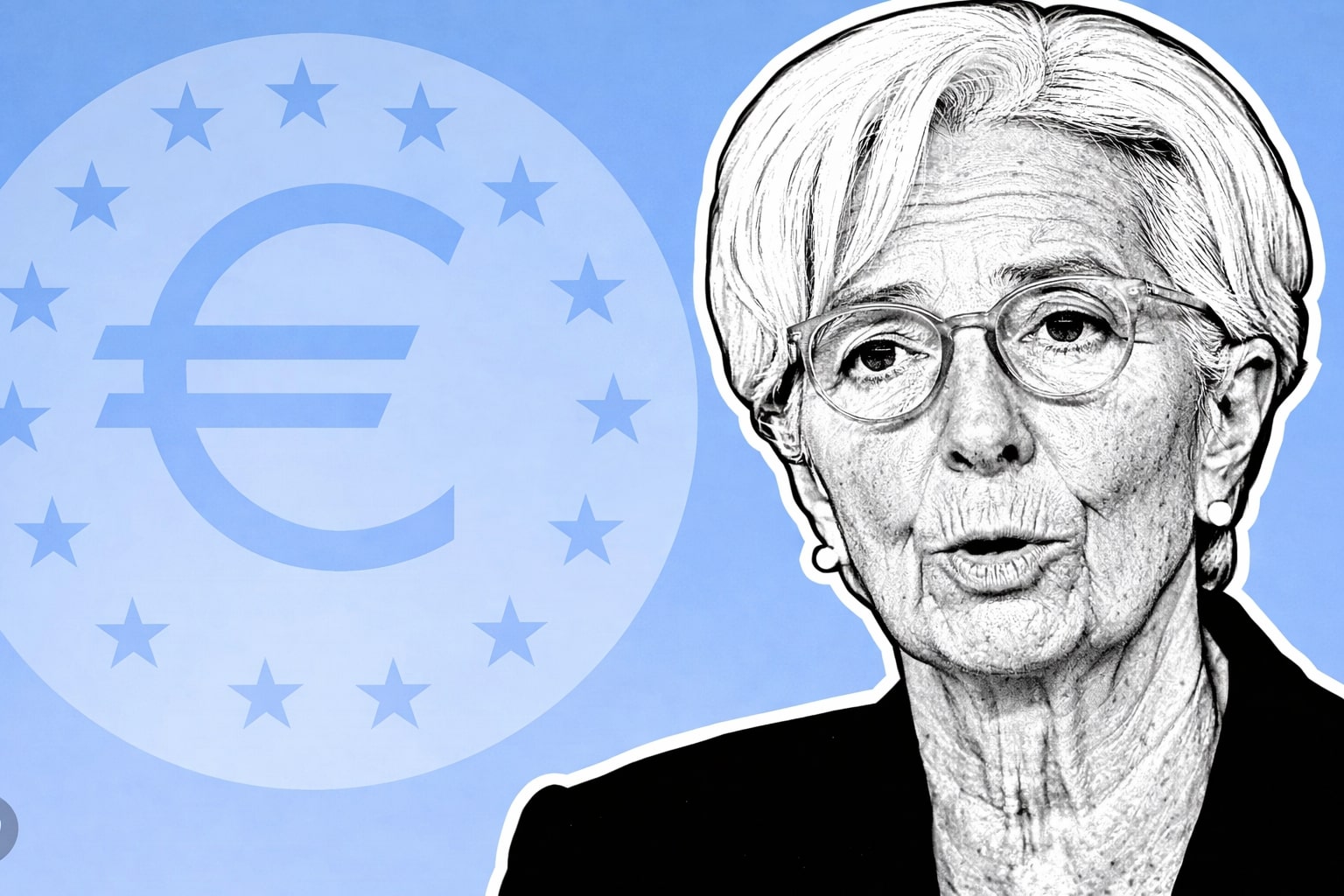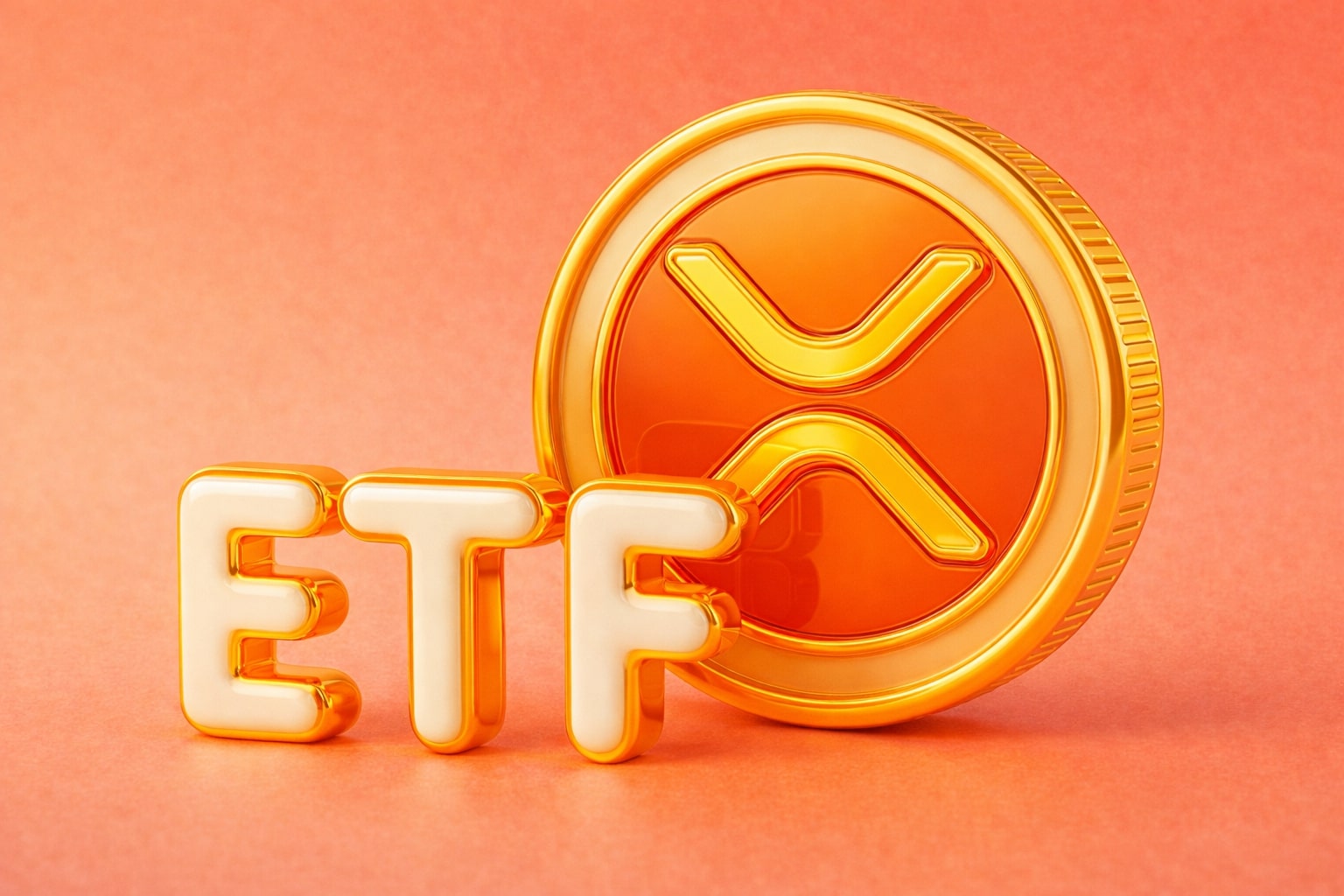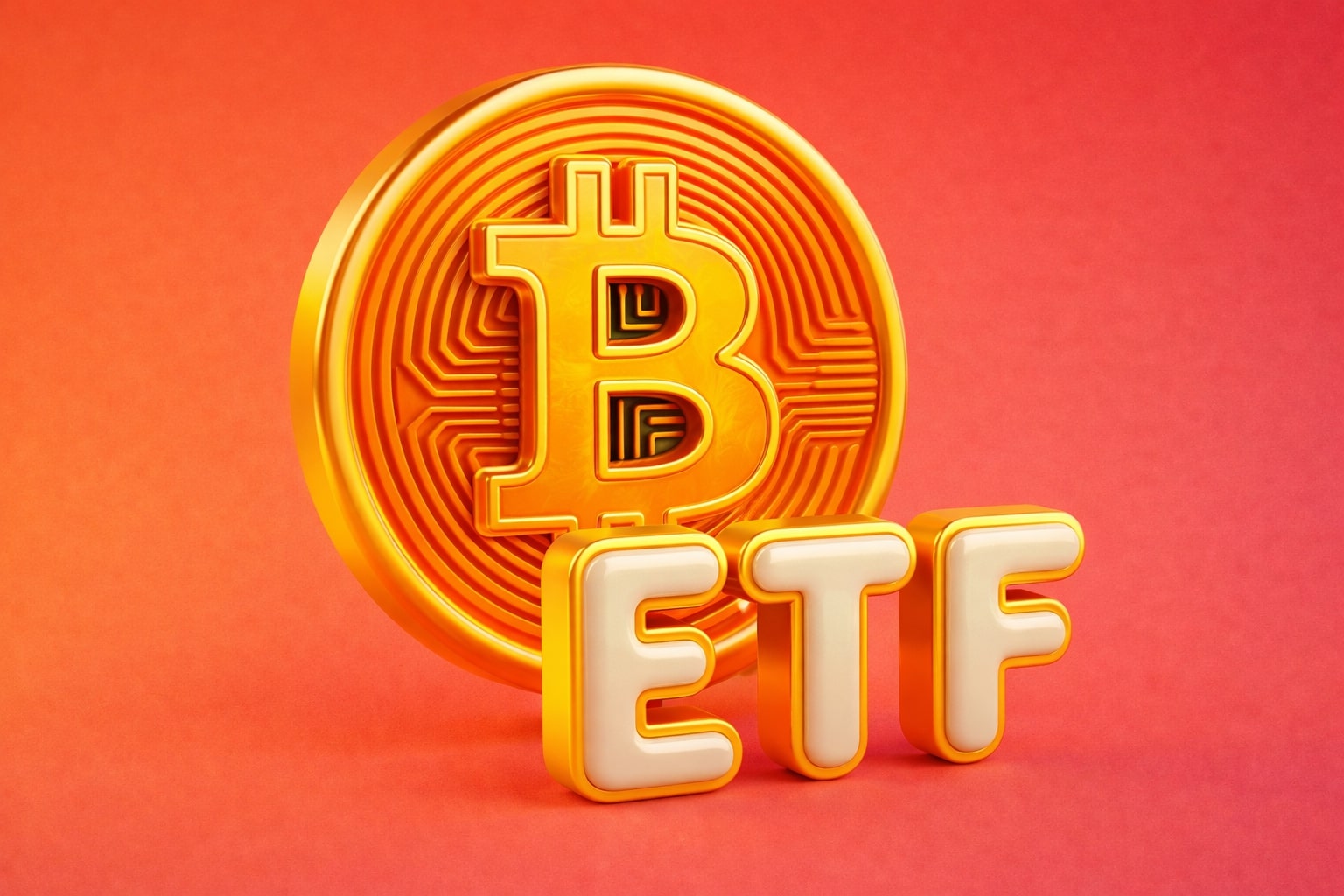EUR/USD Market Outlook Driven by Rate Cuts, Weak U.S. Data, and Fragile Momentum
EUR/USD Holds Gains Around $1.1415 as Traders Brace for ECB Shift
EUR/USD remains resilient above $1.1415, recovering modestly as Europe heads into a key inflection point. The euro has advanced steadily from last week’s low of $1.1324, bolstered by expectations of a 25 basis point ECB cut, which markets have fully priced in. Crucially, this would be the eighth consecutive rate reduction, taking the main refinancing rate to 2.00%, the lowest since 2022. Options totaling €2.4 billion with a $1.1400 strike expire today, creating technical stickiness near this zone. The near-term ceiling remains $1.1455—a break above this level opens the door to $1.1488, then the 2025 peak at $1.1575, and potentially even $1.16, a psychological level not seen since early 2021.
Underlying this strength is the accelerating disinflation in the Eurozone. Producer prices declined 2.2% YoY in April, deepening from March’s -1.7%, while headline CPI slowed to 1.9% YoY, slipping below the ECB’s 2% target for the first time in years. The ECB had projected 2025 inflation at 1.9% in March, with growth pegged at just 0.9%. But incoming data suggest even those modest forecasts are overly optimistic. Forward guidance from Lagarde is expected to signal a pause in July, especially amid uncertainty over Trump’s potential 50% tariff on EU steel—but additional cuts remain likely into September, when updated projections are due.
Weak U.S. Macro Erodes Dollar Demand, Pulls DXY Lower
The US Dollar Index (DXY) is bleeding support, down from 99.00 toward 98.60, with pressure coming from nearly every macro release this week. First, the ADP private payrolls print came in at just 37,000, a shocking miss against the 115,000 forecast. Then, the ISM Services PMI dipped below 50, printing at 49.9, signaling contraction in the dominant sector of the U.S. economy for the first time in nearly a year. The soft Beige Book reinforced worries of a sluggish labor market and weakened investment appetite, while unit labor costs surged 5.7% in Q1, amplifying fears of sticky wage inflation despite waning demand.
Even more concerning is the evolving trade data: the April goods deficit narrowed to $87.6 billion, down from $162.3 billion in March, largely due to a record 20% drop in imports as buyers pulled forward purchases before Trump’s tariff threat. Exports rose 3.4%, but this trade balance improvement is seen as temporary. The Atlanta Fed GDPNow model, updated Monday, raised Q2 growth to 4.6%, but that strength seems increasingly backward-looking. Jobless claims, which rose to 240,000 last week (up 14k), point to softening momentum just ahead of Friday’s Nonfarm Payrolls, expected at 130,000, down from 177,000 prior.
Technical Setup: Bullish Channel Intact Above $1.1400 Support
On the chart, EUR/USD maintains a clean upward trajectory. The 50-period EMA sits at $1.1393, acting as dynamic support alongside the $1.1403 pivot, both crucial levels that bulls defended during yesterday’s U.S. session. MACD histogram remains green with bullish divergence, and price structure has created higher lows since late May. If momentum builds above $1.1455, the next stops are $1.1488, then $1.1520, and finally $1.1575, the 3.5-year high. Conversely, any failure below $1.1365 exposes the lower boundary at $1.1324. However, chart symmetry favors further gains into the ECB and Friday’s payrolls.
Relative Strength: Euro Leads, Yen Lags
The Euro is outperforming against all G10 currencies except the Japanese Yen today. The EUR/JPY cross is rising 0.29%, reflective of growing risk appetite and safe-haven outflows from Japan. Meanwhile, EUR/CHF is up 0.17%, and EUR/USD up 0.06%, suggesting a consistent bid across the European complex.
In contrast, USD/JPY has dropped below JPY143.00, erasing gains after soft U.S. data and bond yields dipped. The 10-year Treasury yield is now at 4.34%, while Japan’s own 10-year yield is flat near 0.99%. Japan’s real wages fell 1.8% YoY in April, marking a fourth straight decline, worsening from -1.2% last April. Household spending is expected to decelerate to +1.5% YoY in April, down from 2.1% in March, indicating continued consumer stress despite rising nominal pay.
Market Breadth: Risk-On Push Buoys Euro, Weighs on Dollar
Risk sentiment remains constructive. The Stoxx 600 is up for a third consecutive day, while U.S. equity futures remain firm. This tilt toward risk-on positioning generally favors the euro against the dollar. Meanwhile, gold has rallied 0.70%, trading near the upper range below $3400, further validating weaker dollar momentum. Oil (CL=F) is capped below $64, stabilizing between $62.50 and $63.15, which limits upside inflation risk in Europe and aids the ECB’s easing narrative.
Trade and Geopolitical Headwinds Still Hovering
Lingering uncertainties include the Trump-Xi standoff and the potential for further U.S.-EU tariff escalation. Container shipments from China to the U.S. have slowed again, while new frictions have emerged over rare earth magnets and semiconductors. The breakdown of the Geneva framework leaves markets nervous about renewed trade fragmentation. Meanwhile, China’s Caixin Services PMI rose to 51.1, but the Composite PMI fell below 50 (49.6) for the first time since 2022, raising questions about regional demand sustainability.
Final Verdict on EUR/USD: Bullish with Target Toward $1.1575
With the ECB expected to cut rates but signal a pause, and the Fed now facing a rising probability of two cuts by year-end, EUR/USD has regained control of its narrative. The pair’s ability to hold above the $1.1400 threshold despite bearish U.S. macro data, faltering dollar yields, and tariff tensions positions it firmly on the bullish side. Technicals align with fundamentals, and unless Friday’s NFP surprises to the upside, momentum favors further euro strength. Given the upward trajectory and macro backdrop, the outlook is bullish, and the verdict is Buy, targeting a breakout toward $1.1575, with interim resistance at $1.1455 and support firm at $1.1390–$1.1403.














